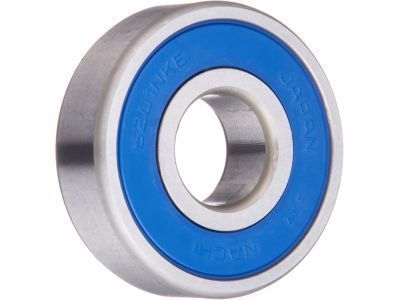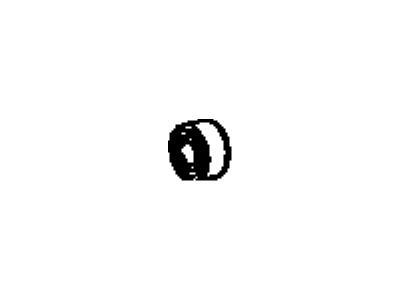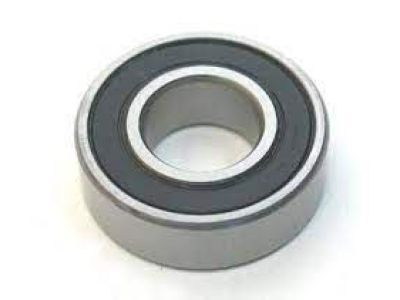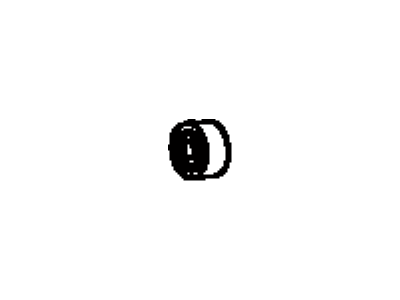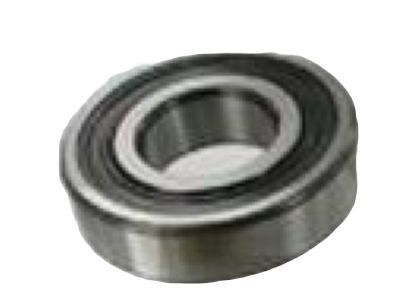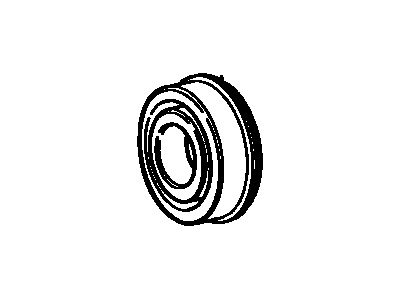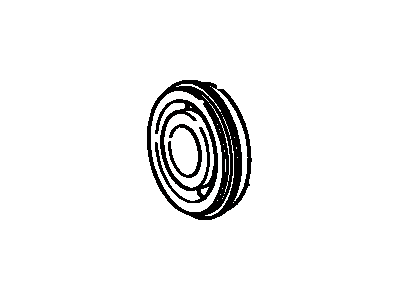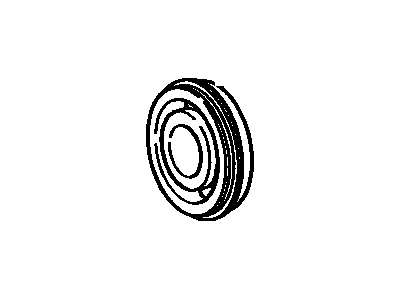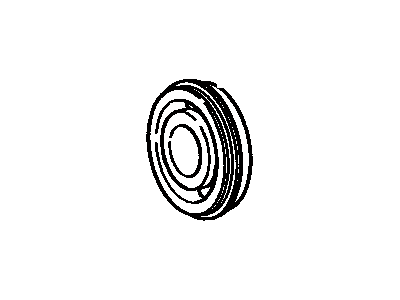

My Garage
My Account
Cart
Genuine Toyota Land Cruiser Pilot Bearing
Clutch Pilot Bearing- Select Vehicle by Model
- Select Vehicle by VIN
Select Vehicle by Model
orMake
Model
Year
Select Vehicle by VIN
For the most accurate results, select vehicle by your VIN (Vehicle Identification Number).
9 Pilot Bearings found
Toyota Land Cruiser Bearing
Part Number: 90363-12002$7.13 MSRP: $9.96You Save: $2.83 (29%)Ships in 1-3 Business DaysToyota Land Cruiser Bearing
Part Number: 90363-15004$18.43 MSRP: $25.77You Save: $7.34 (29%)Ships in 1-3 Business DaysToyota Land Cruiser Bearing
Part Number: 97154-06308$62.76 MSRP: $88.48You Save: $25.72 (30%)Ships in 1-3 Business DaysToyota Land Cruiser Bearing
Part Number: 97120-06202$11.41 MSRP: $15.95You Save: $4.54 (29%)Ships in 1-3 Business DaysToyota Land Cruiser Bearing
Part Number: 90363-40035$102.41 MSRP: $144.36You Save: $41.95 (30%)Ships in 1-3 Business DaysToyota Land Cruiser Bearing
Part Number: 90363-40037$102.41 MSRP: $144.36You Save: $41.95 (30%)Ships in 1-3 Business Days
Toyota Land Cruiser Pilot Bearing
If you are in demand for superior quality and affordable OEM Toyota Land Cruiser Pilot Bearing, then shop with us! We own a wide range of the reduced-priced genuine Toyota Land Cruiser Pilot Bearing. You can purchase in confidence as all parts come with a manufacturer's warranty. Any issues with our products? No need to worry as we have a hassle-free return policy to guide you every step of the way.
Toyota Land Cruiser Pilot Bearing Parts Questions & Experts Answers
- Q: How to inspect and replace the clutch pilot bearing on Toyota Land Cruiser?A:The clutch pilot bearing, which is a ball-type bearing that is pressed into the counter of the crankshaft, supports the forward part of the transmission's input shaft and must be checked whenever the clutch parts are detached from the engine. If, for some reason, it is impossible to assess its state, it would be wiser to replace it with a new one. To inspect, first take off the above listed components, then wipe the bearing with a cloth and visually scrutinize it for signs of wear, score lines or damage while using a torch to light up the area. The pilot bearing should rotate freely and quietly; if not, or if the contact surface of the transmission input shaft is worn, use a new bearing which is usually fitted with the Clutch Disc for economy. For removal; there is the puller, otherwise a steel bar slightly small than the bearing, wood dowel or socket with fixed bolt can be used. The bar should slide in the bearing to get a light fit and the space at the back of the bar should be packed with grease right from the factory to eliminate air. By use of the bar and banging it forcefully, the grease will give out the bearing from the hole. When the bearing has been withdrawn and the crankshaft recess cleaned install the new bearing by dipping the outside of the bearing in oil and placing it in the crankshaft recess then hammer it gently into position using a hammer and a socket of the outside race of the bearing. Last but not least, replace all the clutch parts, the transmission, and any other part that was removed.
Related Toyota Land Cruiser Parts
Browse by Year
1987 Pilot Bearing 1986 Pilot Bearing 1985 Pilot Bearing 1984 Pilot Bearing 1983 Pilot Bearing 1982 Pilot Bearing 1981 Pilot Bearing 1980 Pilot Bearing 1979 Pilot Bearing 1978 Pilot Bearing 1977 Pilot Bearing 1976 Pilot Bearing 1975 Pilot Bearing 1974 Pilot Bearing 1973 Pilot Bearing 1972 Pilot Bearing 1971 Pilot Bearing 1970 Pilot Bearing 1969 Pilot Bearing
